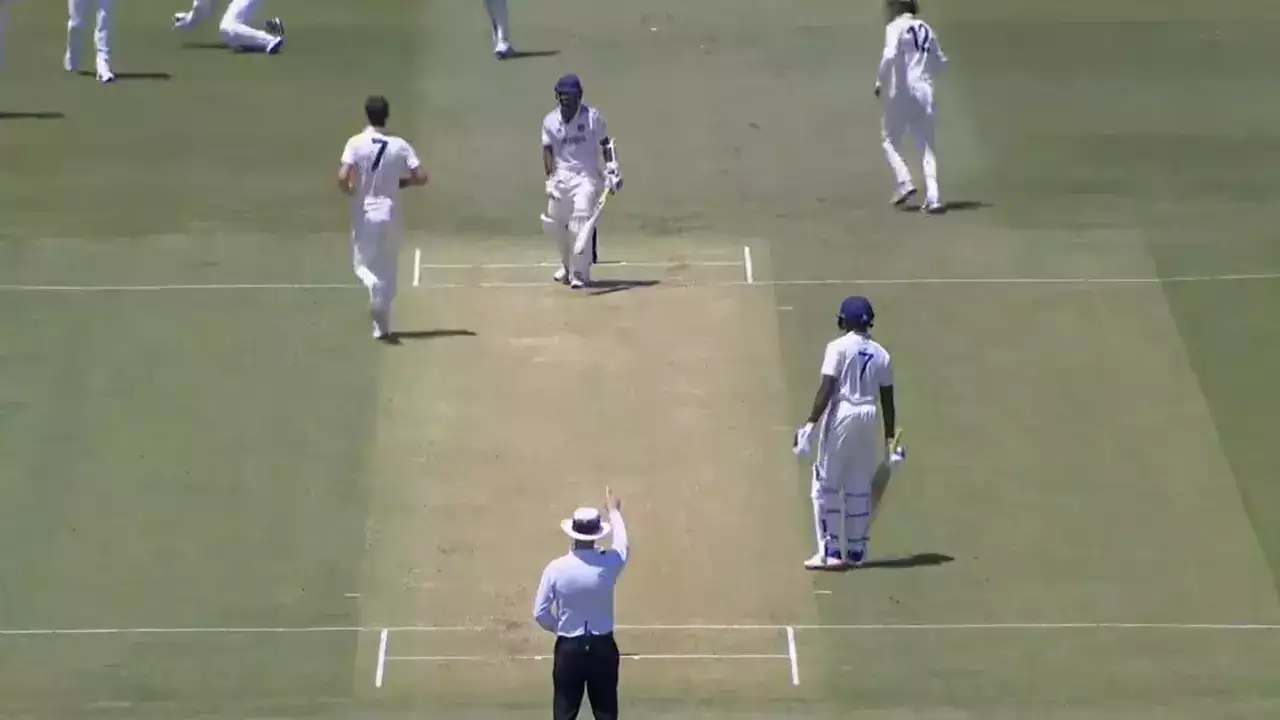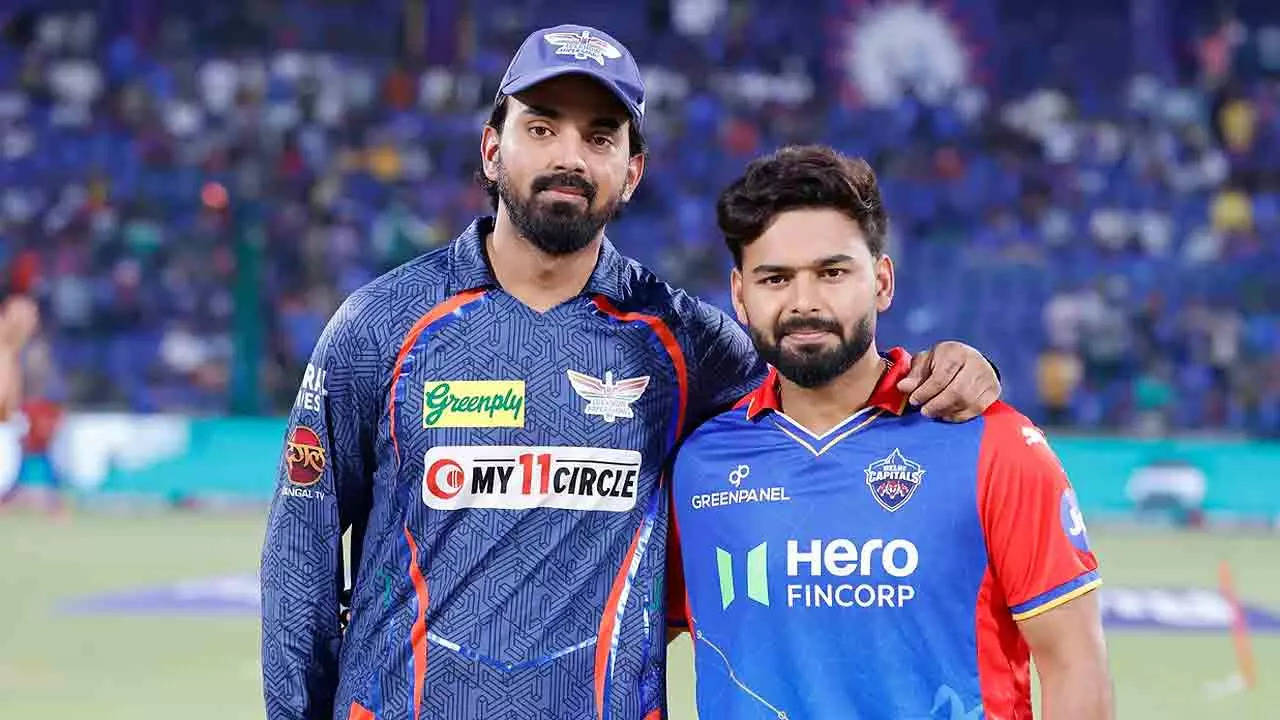Why Team India needed Rahul Dravid more than ever before
Why Team India needed Rahul Dravid more than ever before

A new Team India squad was announced. This followed a massive uproar, especially over the selection of a player who had admittedly not done enough to merit selection, especially over a Mumbaikar who had a 50-plus average in Tests. The media had a field day with reports of the said cricketer’s reported proximity with one of the selectors, and the “close friendship” between his father and the then BCCI chief. The most scathing assessment came from Kapil Dev, who found it “hard to believe that Gundappa Viswanath (chief selector) has endorsed this team”, and even “harder to digest that Azharuddin (skipper) has approved of it”.
The player in question was Sourav Ganguly and the year was 1996. The same series with England also saw another player making his Test debut at the Lord’s — Rahul Dravid. Twenty-five years later, the two are set to work together again, though in different roles. One as the BCCI chief, while the other as chief coach of Team India. And in circumstances almost similar to 1996 when India had lost in the semis of the ODI World Cup — this time the Indian team has failed to even qualify for the semis of the T20 World Cup and Virat Kohli has decided to hang his boots as the captain of the shortest format of the game.
The rot this time may not be easily apparent but is deeply entrenched. Unlike in 1996 when everyone knew there was a crisis, in 2021 not many could see the problems facing Team India. Because unlike in the 1990s and early 2000s, the standard of world cricket has gone down considerably. The problem is, as Mukul Kesavan writes in his book Men in White, over-regulation of world cricket. Just like in the pre-liberalisation era economy, there’s a kind of Licence Raj in place in the cricketing world that allows and even encourages utterly inefficient and overtly unorganised batsmen to flourish. The rules have been made in such a lopsided manner that a proper competition between the bat and the ball is denied. This creates a make-belief world, as we saw in the IPL, where a batsman with mediocre skills is made to adorn a Don Bradman-esque hat. It’s this widening gulf between the reality and the fantasy that was evident when our players found it difficult to score against competitive Pakistani and New Zealand attacks.
This article, however, is not an obituary of Indian cricket. In fact, of all cricket-playing nations, India still is better placed. The real crisis is with the game of cricket per se. A second-rung Indian team that can push the Aussies into a corner in their own backyards says as much about Indian superiority as Australian decadence. Could this have happened in the 2000s? In fact, except the fast bowling department, Ganguly had a dream team by any standards, with Sehwag, Tendulkar, Dravid, Laxman, Yuvraj and Dhoni playing under his leadership. Can that class be matched by any other Indian team, past or present? Still they would often lose — of course after fighting hard — to the Aussies. From the Akram-Waqar-Shoaib trinity of Pakistan and McGrath-Lee-Warne trinity of Australia to Donald-Pollock combine of South Africa and Ambrose-Walsh duo of West Indies — the world cricket had express bowlers who were feared and admired till the lure for money forced the cricket administrators to bring in regulations to clip their wings!
Just like the Hindu rate of growth, a mischievous term that invoked Hinduism to explain low economic growth in independent India (originally the result of the government’s unimaginative socialist policies), we have often been reminded how cricket is an Indian game accidentally invented by the British. Beneath the assertion that cricket’s success on the subcontinent was testament to the game’s intrinsic compatibility with ancient Hindu culture, as sociologist Ashis Nandy would like us to believe, is the belief that India’s Hindu-ness is the reason for its lazy, easy-going approach. Again, a hard-sold myth, given that Indian cricket till the arrival of Ganguly in the late 1990s was largely elitist in nature. Ganguly changed that all and ensured it goes beyond the Mumbai-Bangalore circuit. This explains why, as James Astill writes in his highly engaging cricket book The Great Tamasha, in the first decade of this century, Uttar Pradesh “supplied seven international players, more than any other state”. Cricket was democratised, and the democratisation of the game saw competitive, aggressive cricket from Indians. In contrast to what our great sociologists wanted us to believe, Hindu-ness did not create lazy, easy-going cricketers. India’s elites did!
Kohli is a perfect manifestation of this transformation. A Dilli-wallah to the core, he would be an in-your-face cricketer, never worried about taking on an opponent on the field. Success, or should I dare to say his easy access to the high-flying world of elites, seems to have refined his rawness, softened his aggression. Kohli, on the exterior, may still seem the same old cricketer of yore. But he is not. One hopes he regains his old toughness, and for that he doesn’t have to go far. Dhoni is the perfect manifestation of how to retain one’s true self, amid all the success and sophistication. Maybe this explains Dhoni’s enduring success as captain.
Be that as it may, the fact is Team India has become the new chokers of world cricket — a position held for a long time by South Africa. We won the 2011 ODI World Cup and followed it up with the 2013 Champions Trophy. But since then success at the ICC event has eluded us. Just before the disastrous 2021 T20 World Cup, Kohli and his boys lost in the World Test Championship final to New Zealand. They lost the 2014 T20 World Cup final to Sri Lanka, the 2015 ODI World Cup to Australia, the 2016 T20 World Cup semi-final to West Indies, the 2017 Champions Trophy final to Pakistan, and the 2019 ODI World Cup semi-final to New Zealand. Three of those losses have come under Dhoni’s captaincy, while the last three have come under Kohli’s leadership. To Dhoni’s credit, he has led India to several memorable victories too, including the 2011 ODI World Cup final.
Amid all this, the appointment of Dravid as head coach is a step in the right direction. For, Dravid, again to invoke Kesavan’s words, has “Viswanath’s technique” and “Gavaskar’s temperament”. Team India currently needs someone who is firmly rooted to the ground beneath his feet, and no one better epitomises this than Dravid. Team India, having players who just want to explode, prefer aerial routes to the classical grounded shots, and who after being unleashed from the yoke of self-doubt see the world through young, exuberant eyes full of promises and self-beliefs. They needed an anchor. An anchor who understands what an aggression is but also knows how to channelise it.
This will be the difference that may help Team India get rid of its newly-found choker’s title. For, no country is better placed than India to excel in the world of cricket. And with Dravid as coach and Rohit ‘Hitman’ Sharma as T20 captain, it will have both the mind and the body at the right place to propel the side to new heights.
To put things in perspective, one must recall what Dravid had said in an interview after hitting a century at the end of the day’s play. When asked if he would go after Brian Lara’s record, he said: “For me to get 400, you would have to play a six-day Test match!” A team which has a new captain who has the ability to score 400 runs in a day-and-a-half, needs a coach in the Dravidian mould. A coach who is orthodox and yet not afraid of taking risks. To top it all, the man currently heading the BCCI is the one who actually revolutionised Indian cricket. Indeed, with Ganguly and Dravid around, Indian cricket is in for interesting times.



 Admin
Admin 









































